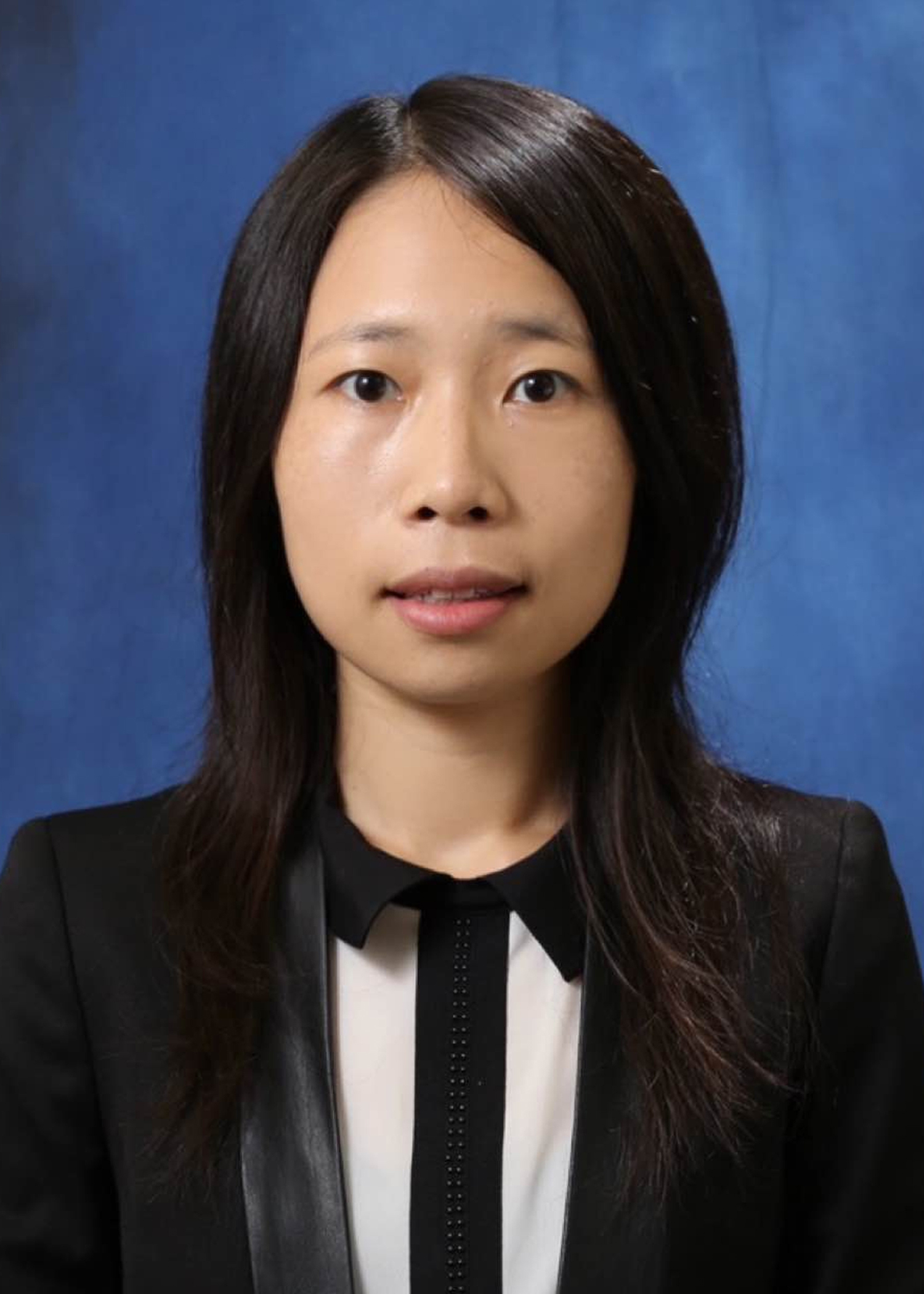News 2015
5 Feb 2015
Prof. Yi-Chun Lu Pioneers a Step toward High-energy Redox Flow Batteries in New Study Published in Nature Communications
Energy storage system is a critical enabling factor for deploying unstable and intermittent renewable power sources, such as solar and wind power sources. Redox flow batteries (RFBs) are promising technologies for large-scale electricity storage, owing to its design flexibility in decoupling power and energy capacity. However, the RFBs have been suffering from low energy density, which significantly decreases its competitiveness for both stationary and transportation applications. Prof. Yi-Chun Lu (Assistant Professor, Department of Mechanical and Automation Engineering, The Chinese University of Hong Kong) and her research team recently reported a flow cathode that exploits highly concentrated sulphur-impregnated carbon composite, to achieve high catholyte volumetric capacity (five times that of all-vanadium flow batteries and 3–6 times that of the demonstrated lithium-polysulphide approaches) with long cycle life (>100 cycles), high columbic efficiency (>90%) and energy efficiency (>80%). Their approach creates effective interfaces between the insulating sulphur and conductive carbon network and offers a promising direction to develop high-energy-density flow batteries. The findings have recently been published in Nature Communications, the well-renowned international journal in the field of biological, physical, chemical and Earth sciences.
Reference: Chen HN, Zou QL, Liang ZJ, Liu H, Li Q & Lu YC (2015) Sulphur-impregnated flow cathode to enable high-energy-density lithium flow batteries. Nature Communications 6(5877). DOI: 10.1038/ncomms6877 [Fulltext]
More information: Press release of CUHK (1 Mar 2015) - English / Chinese
Copyright © 2014 Faculty of Engineering, The Chinese University of Hong Kong. All rights reserved.

